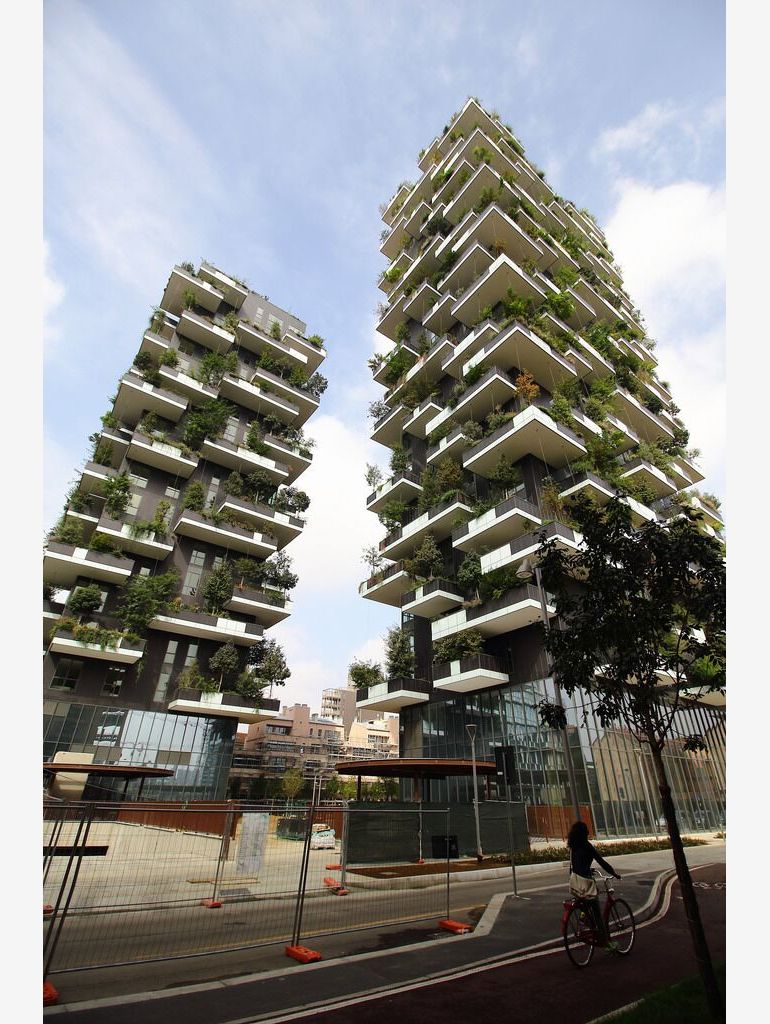Is there a top limit which will make the further expansion of structures in a direction of clouds impossible? Certainly yes. However, more and more records concerning the height of buildings are beaten. The leader in this field is currently 828-meter-high skyscraper Burj Khalifa, which is located in Dubai. The title of the highest building of the world will be granted to Kingdom Tower in the nearest years – an investment which is being realized on the area of Saudi Arabia. The skyscraper will exceed 1000 m.
The highest city of Poland is certainly Warsaw. In spite of the fact that every year there are higher and higher structures on the map of the capital, they still need several or several dozen meters to tower over the highest building in the country, that is the Palace of Culture and Science reaching 237 m.
What does a high building actually mean?
There is no exact definition of a skyscraper, however, the international organization Council on Tall Buildings and Urban Habitat (CTBUH) claims that the height of a certain structure should be always defined in respect of several factors. The first of them is surroundings in which it is located – a 14-tier building will be perceived as a low among high development and the other way round. Another category is proper proportion. For instance, there are many buildings which are not high, but they are slender enough to make such an impression, especially the ones located in close proximity to low sprawl. The last criterion is technology used in a particular structure, e.g. specific technologies of a vertical transport which are characteristic for high buildings.
All mentioned categories are quite general and they do not explain whether a certain building may be qualified as a „high structure”. Even in the case of number of tiers in a certain property, this task is not simple due to different height of floors in buildings. However, it may be assumed that a high building will be considered as a one which has 14 tiers or it is more than 50-meter-high.
Interesting issues introduced by CTBUH are such terms as „supertall” and „megatall”. In the first case, it concerns a structure which reaches 300 m, and in the second one – over 600 m. Undoubtedly, this group includes the most effective skyscrapers all over the world. In June this year, there were 91 „supertall” buildings and 2 „megatall”.
10 highest and finished buildings in the world
1. Burj Khalifa in Dubai – 828 m
2. Makkah Royal Clock Tower Hotel in Mecca – 601 m
3. One World Trade Center in New York – 541 m
4. TAIPEI 101 in Taipei – 508 m
5. Shanghai World Financial Center in Shanghai – 492 m
6. International Commerce Centre in Hong Kong – 484 m
7. Petronas Twin Tower 1 in Kuala Lumpur – 452 m
8. Petronas Twin Tower 2 – 452 m
9. Zifeng Tower in Nanjing – 450 m
10. Willis Tower in Chicago – 442 m
Source: CTBUH
In a direction of clouds?
The race for the title of the highest structure in the world will certainly be continued. However, there are also much more important factors than the height of a structure. For instance, an unconventional project and condition of meeting all regulations concerning sustainable construction – whether a structure is eco-friendly. These criteria were taken into consideration during the selection of laureates in this year's edition of prestigious awards Emporis Skyscraper Award not without a reason. It is worth mentioning that only three structures from the category „supertalls” were in the first tenth.
The winner selected from over 300 skyscrapers reaching 100 m and completed last year was Wangjing SOHO complex, which is located in Beijing. It is composed of three unique skyscrapers with the height of respectively 118, 127 and 200 m distinguished due to their energy efficiency and stylish project. Delicate and smooth forms of Beijing skyscrapers were designed by Zaha Hadid Architects and they became a sign of recognition in the capital of China.
The second place was granted to Bosco Verticale („Vertical wood”) distinguished by „green” architecture which is a milestone in the field of sustainable construction. The facade and balconies of two skyscrapers designed by Boeri Studio are covered with more than 700 trees and 90 different species of plants. The third place, in turn, was dominated by Tour D2 skyscraper with the height of 171 m realized in French Courbevoie city. A distinguishing factor of this structure is a green garden on the roof – „Cloud Garden” with the size of 500 sq. m.
Undoubtedly, future attempts to exceed the highest building of the world will certainly be made. A magical level of 1000 m will be beaten soon. What are we going to experience in the following years? Maybe another project of a skyscraper which will reach the clouds, literally – not figuratively – will be revealed in the nearest future?


